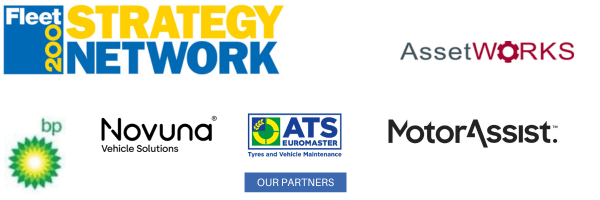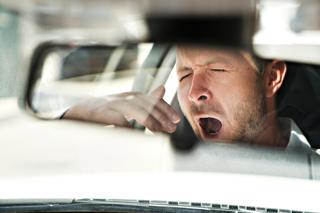Your high mileage drivers are committing some of the worst offences while behind the wheel, including speeding, using mobile phone – and driving while under the influence of illegal drugs.
David Lyes (pictured) gave the stark warning to fleet decision makers at the May meeting of the Fleet200 Strategy Network.
He is director of policy and standards at IAM RoadSmart and was detailing findings from its latest, 2024 road safety report.
It is based on an annual survey of UK drivers, designed to highlight changes in their concerns about other drivers’ behaviour, as well as their own.
For the latest survey approximately 2,000 people were interviewed.
Lyes focused on high-mileage drivers, or in this instance those doing more than 10,000 miles per year, typically driving for work purposes, and compared them to those doing less miles.
Over the last 12 months IAM RoadSmart found high mileage drivers are:
Your high mileage drivers are committing some of the worst offences while behind the wheel, including speeding, using mobile phone – and driving while under the influence of illegal drugs.
David Lyes (pictured) gave the stark warning to fleet decision makers at the May meeting of the Fleet200 Strategy Network.
He is director of policy and standards at IAM RoadSmart and was detailing findings from its latest, 2024 road safety report.
It is based on an annual survey of UK drivers, designed to highlight changes in their concerns about other drivers’ behaviour, as well as their own.
For the latest survey approximately 2,000 people were interviewed.
Lyes focused on high-mileage drivers, or in this instance those doing more than 10,000 miles per year, typically driving for work purposes, and compared them to those doing less miles.
Over the last 12 months IAM RoadSmart found high mileage drivers are:
- more likely to admit to frequently driving more than 70 miles an hour on motorways
- twice as likely to frequently use a handheld mobile phone to text, instant message or make calls
- twice as likely to have driven after using a Class A drug such as ecstasy or cocaine.
“I suspect there’s a misconception among those driving at night that caffeine isn’t giving them what they need are potentially looking elsewhere,” Lyles said.
Additionally, high mileage drivers are twice as likely to drive the morning after consuming three pints of beer or a bottle of wine. “Is this because driving a lot makes you believe you’re safe under any conditions – you know what you’re doing?”
They’re also more likely to user their horn in anger, more likely to almost run out of fuel while looking for cheaper petrol or diesel, and they have a greater tendency to ignore road signs, such as no entry, no right or left or u-turns.
Finally, this group of drivers are more likely to divert from motorways onto rural roads to avoid congestion, “automatically putting themselves in a position of increased risk” as motorways are the safest roads in the network.
Lyes said he didn’t accept potential dismissals for the rule breaking – that familiarization brings complacency or even contempt, that driving experience makes someone safer, or that in night driving you need something more than caffeine to keep you alert.
“It doesn’t matter how many miles you drive, you’re either law-abiding or you’re not. Its no excuse to commit an offence or drive dangerously because you saw someone else do it.”
“Someone is going to die on the road today while driving for work*. And there are 62 collisions each day involving work-related journeys.
“One of your drivers could die today.”
Collisions, he said, cause about £5 billion pounds in lost output each year, £6.1bn in damage to property.
“Collisions cost the UK £42bn each year, or about a fifth of the NHS’s annual budget.”
IAM RoadSmart is a driver training organisation.
“Training should be seen as an investment in safety and efficiency, keeping your vehicles in better condition and your drivers happier. Are they getting enough benefit from the ADAS systems? They can be a real game changer for safety issues.”
Lyes pointed out how training can lead to 10% vehicle fuel savings (£94,000 for a 100-vehicle fleet over three years). Add in tyres and repairs the total savings are £137,000, he said.
On drug use, he suggested fleets ensure driving policies are updated to include drug driving and potentially testing drivers.
*On average in 2023 there were 1.13 fatalities among those driving for work every day, Lyes said.
Drug and drink driving information
Login to continue reading.
This article is premium content. To view, please register for free or sign in to read it.






















Login to comment
Comments
No comments have been made yet.